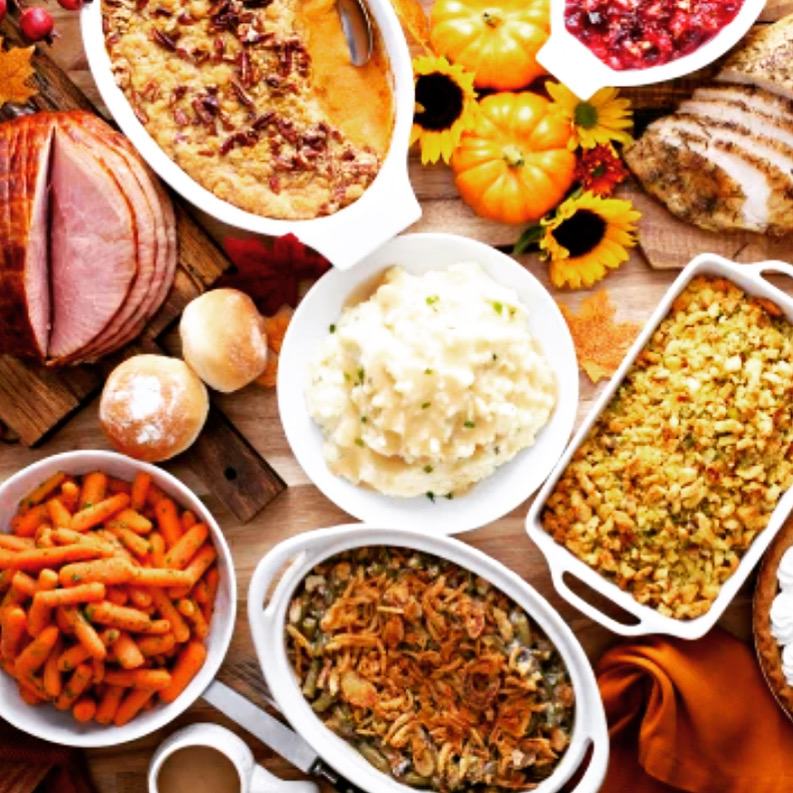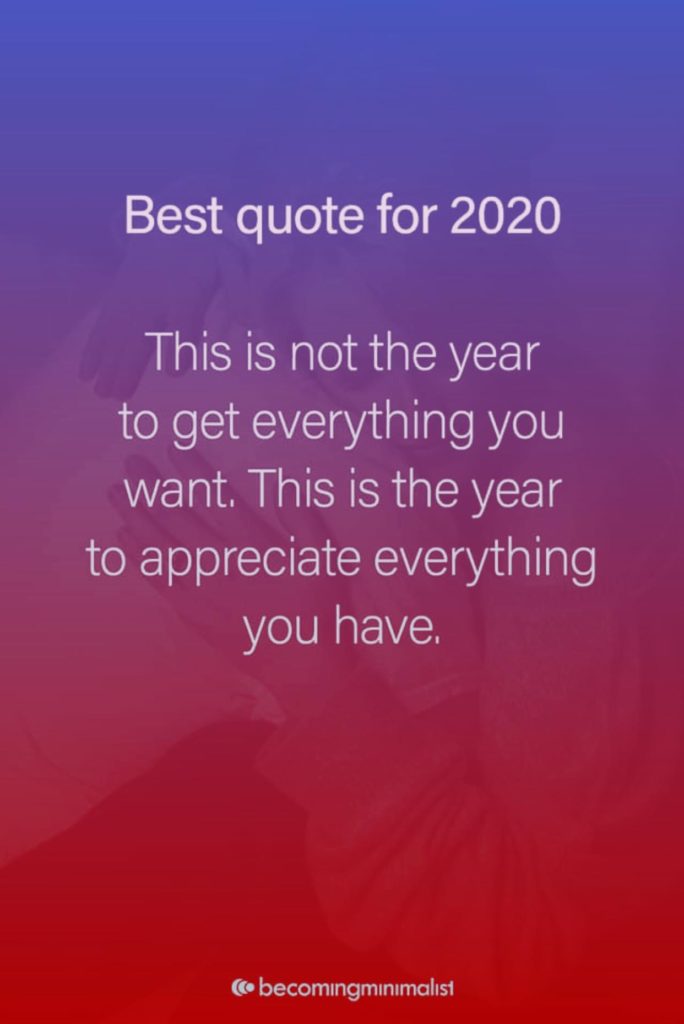
S O
What will
Y O U
give the most
THANKS
for tomorrow on
THANKSGIVING DAY
very much in the thick of
the-ongoing-seemingly-never-ending-when-ever-are-we-going-to-get-cure
p a n d e m i c
or if you literally
FLIP THE COIN:
What’s the one thing you’re THANKFUL for because of COVID19?
and then there’s the obvious:
How Do We Celebrate Thanksgiving in a Pandemic?
We might not be able to gather for Thanksgiving this year—but that doesn’t mean we can’t make the holiday count. . .
JILL SUTTIE, a journalist from GREATER GOOD made me begin thinking about THANKSGIVING, er, APPRECIATORY DAY
This year’s Thanksgiving dinner is going to look a bit different for most of us and my families.
With COVID-19 cases on the rise, none of that which happened in years past are literally YEARS PAST US. Like most people, we’ve had to revise our holiday plans to keep all the important people in our life safe.
It’s a disappointment, for sure. But what can we do about it? Is there any way to make this Thanksgiving something more than a mere shadow of itself?
W E L L—just look to the science of meaning and connection. Finding ways to enhance our mood, foster closeness, remember what we’re thankful for, and savor the positive can all help preserve the wonder of the holiday (albeit in its new incarnation).
Here are some ideas to make this Thanksgiving holiday special, even during COVID.
Use ritual to enhance connections and emotions

Many families have Thanksgiving traditions that make the holiday special. Maybe you always watch Thanksgiving Day football games together or spend the morning together tearing up bread for stuffing. Perhaps you make a special dish or bring out your favorite candlesticks made by your kids when they were in Kindergarten.
Whatever rituals you’ve developed over the years, try to preserve them. There is a benefit to performing rituals together that goes beyond sentimentality or nostalgia: They imbue the holiday with meaning and help us feel closer to others.
Rituals are pretty easy to put together, too, if you need some new ones. When creating a ritual, the main objective is having a shared experience that has emotional resonance for the people involved. A ritual can take many forms, whether it’s lighting candles and making a wish for the holiday, singing a song or saying a prayer before dinner, or watching a great, uplifting movie after the feast is over. The key is that the experience has meaning and is emotionally engaging so that it bonds you to others.
Of course, old rituals may have to be tweaked if we are only gathering online. For example, celebrant, Jan Stanley, recommends that if you are gathering on Zoom, try to not just plunge into socializing, but take a moment to focus everyone’s attention somehow, perhaps explaining the plans for the evening and what you hope to do. You could create emotional highs by asking people to go around and say their favorite Thanksgiving memory, listening to a special playlist during dinner, or sharing photos of each other in the chat. If your family members are football fans, you could try watching a game concurrently, chatting away online during the play.
Savor the sensory experiences of the holiday
One thing that makes Thanksgiving so special is its sensory richness. The smell of fresh roasted turkey, the sight of a candlelit table, the taste of a pecan pie. All of these sensory experiences can be a real pleasure, enhancing the joy of the holiday.
Too often, though, we rush through Thanksgiving—even the feast itself—not truly enjoying it. This is a mistake, when you can so easily enhance your pleasure by taking your time and purposefully savoring the experience.
How to do that? One way is to practice mindful eating, slowing down and deliberately tasting each bite of food. This involves turning your attention to your food as you eat it, letting the tastes linger on your tongue, and noting the variety of flavors and textures.
You can also take a moment to consider how the food got to your table—the people who grew it, delivered it, and prepared it for you, or the earth, water, and sunshine that made the food possible in the first place. A little mindful eating can really enhance your Thanksgiving pleasure and even make you more aware of when your appetite is sated, preventing uncomfortable overeating.
Walking after dinner, as so many of us do on Thanksgiving, can also be enhanced by doing a savoring walk. Not only will you feel better for getting a little exercise and fresh air, but walking with an appreciation of the beauty and wonder of the world around you should help to enhance positive feelings.
Expand your sense of community
Every year around Thanksgiving, our family would find ways to give back to our community, often doing something within our Church Community that would help us reach out past ourselves to others not all that far removed from us and then REMEMBERING that NEED is always there, THANKSGIVING DAY or not. Some of those experiences were actually volunteering. Although volunteer opportunities are often no longer available because of COVID, we can still practice generosity and kindness, helping to create a sense of community beyond the walls of our homes.
First, you can seek out opportunities that still exist, if you feel safe doing so. In my local community, for example, there is a program at St Augustine that feeds hundreds of people every day, including the weekends that make it their CALL to do so on Thanksgiving Day, now not by congregating large masses of people together,but actually delivering meals to homes and the homeless alike and they always need DELIVERERS. When there’s a WANT-TO, you’ll always find a HOW-TO on where to share or give your talents. You can also look on nationalwebsites to find ways to give back.
Even if you can’t volunteer, you can still donate to programs that target the needy. Volunteering or donating might help you take your mind off of what you’re lacking this Thanksgiving and tune into the joy of helping others.
It’s also important to remember that people need more than just food to make Thanksgiving special. During this past year, many people in high-risk groups have had to isolate themselves. Reach out to those who are alone and could use a friendly phone call to know that you care. Seniors in your family or in your neighborhood, in particular, should be on your radar.
Also, remember that many of us are more stressed out than usual, because we haven’t been able to do many of the things that help us to feel calmer and more connected. Certainly, you should do what you can to be calm and happy yourself, as those feelings tend to spread to those around you. But also, if you find that people seem more irritable than usual, take a deep breath and try responding with kindness. Give them the benefit of the doubt, which will help prevent an escalation of negativity.
Put “thanks” at the center of your Thanksgiving
Many of us are feeling less grateful than usual because of what we’ve suffered under the pandemic. Even worse, you may be grieving a loss, worried about your finances, or feeling lonely because of isolation. There’s no point in trying to ignore that reality. Instead, it can help to name your feelings and practice self-compassion, remembering to be kind and understanding toward yourself.
But feeling sad or worried doesn’t have to be the whole story of your Thanksgiving, either. While not denying those feelings, we can tip our minds and hearts in other directions by purposefully cultivating positive emotions—among them, gratitude.
Why gratitude? Well, besides being right in the name of the holiday, gratitude provides several benefits, even in hard times. For one, it makes us feel a deeper sense of well-being; when we tap into gratitude, we feel a welling up of warmth and love. And, as research shows, expressing gratitude helps us feel closer to others, and that’s a lot of what we really want from the holiday.
If you need ideas on how to practice gratitude, look to our website, Greater Good in Action. You can also simply go around your Thanksgiving table (or your family Zoom) and offer each person an opportunity to express one thing they are grateful for, even BECAUSE OF COVID19. Or maybe you just want to ask: WHAT’S YOUR FAVORITE THANKSGIVING MEMORY or WHAT’S THE BEST GIFT YOU HAVE EVER RECEIVED or WHAT’S THE BEST BOOK YOU’VE EVER READ or IF YOU COULD MEET YOUR GREAT GRANDCHILDREN, WHAT WISDOM WOULD YOU PASS ON TO THEM, WHAT WOULD YOU WANT THEM TO KNOW or IF YOU COULD SPEND ONE DAY DOING A JOB THAT YOU ARE NOT CURRENTLY DOING, WHAT WOULD YOU DO or WHAT’S THE ONE THING YOU’RE THE MOST GRATEFUL FOR THAT YOU’VE NEVER SHARED?

It may seem hard at first to think of something, but don’t forget the small things you might otherwise take for granted, like the smile on your child’s face, the beauty of a first snow, or your sense of taste that allows you to enjoy your meal. Or you might pay homage to the Native American people who were here first and knew how to tend the land.
We all have something we can be grateful for. If we’re able to, turning our minds toward the positive can brighten up an otherwise difficult Thanksgiving.
Even with all of these ideas for preserving the Thanksgiving holiday spirit under the cloud of COVID, it won’t be the same. Like many people, I look forward to the day when we can gather again. In the meantime, I hope that by imbuing the holiday with a little gratitude, kindness, ritual, and savoring, it can still be a joyful occasion.
JOIN ME

Remember this Thanksgiving
to be just a little better, a little kinder, a little more loving, a little more compassionate, a little more forgiving, a little more understanding,
JUST A LITTLE MORE
than
M O S T
it’ll not just make all the difference this Thanksgiving
IT WILL MAKE ALL OF THE DIFFERENCE
(p e r i o d)